In the digital age, connectivity, and technological skills have become essential economic growth, education, and innovation drivers. Yet, as of 2023, approximately 2.6 billion people lack internet access, representing a digital divide that mirrors and amplifies existing inequalities. The divide is particularly stark in low-income countries, where only 36% of the population has internet access, compared to 92% in high-income countries. In Africa, where 43% of the population is online, millions remain disconnected, limiting their ability to leverage opportunities in the digital economy. Addressing this gap is crucial for ensuring equitable development and creating a digitally inclusive future. This gap hinders social and economic progress, leaving millions without the tools to participate in the digital economy. Bridging this divide is essential for Africa’s sustainable development, and it requires a multi-faceted approach involving infrastructure, education, policy, and collaboration.
.jpg)
The Digital Divide: Causes and Impact
The digital divide stems from several interconnected factors. Infrastructure gaps, particularly in rural areas, make it challenging to provide reliable internet coverage. The high cost of devices and connectivity puts access out of reach for many, while low digital literacy rates further exacerbate the issue. In addition, language and cultural barriers limit the usability of online resources in many regions. The impact of this divide is profound: it limits economic opportunities, widens educational disparities, and perpetuates social inequality.
The Importance of Tech Education
While expanding internet access is vital, it must be accompanied by initiatives to improve tech education. Digital literacy empowers individuals to use the internet effectively, enhancing their employability and enabling them to participate in the digital economy. Access to tech education opens doors to modern learning resources and student skill development. Entrepreneurs benefit by leveraging digital tools to grow businesses, while communities gain the ability to address local challenges through innovative solutions.
Global Statistics Highlighting the Divide
- Internet Penetration: Globally, 67% of people are online, but this drops to 43% in sub-Saharan Africa and even lower in rural areas.
- Gender Gap: Women in low-income regions are 19% less likely to use the internet than men.
- Schools Without Internet: According to UNESCO, only 22% of schools in sub-Saharan Africa have access to the Internet, compared to 90% in Europe and North America.
Efforts to Bridge the Gap
- Infrastructure Expansion: Major initiatives aim to improve connectivity across underserved regions. For example, Google’s Equiano cable and Facebook’s 2Africa project enhance broadband capacity across Africa. Satellite internet providers like Starlink are also addressing coverage gaps in remote areas.
- Reducing Costs: Public and private entities are working to make internet access more affordable. Subsidized data plans, low-cost devices, and free Wi-Fi zones are helping to lower barriers to entry for low-income users.
- Promoting Digital Literacy: Organizations like Code.org and Africa Code Week teach students coding and other digital skills. Grassroots campaigns, particularly those focused on empowering women, are also making significant strides in improving digital literacy.
- Tech in Education: Governments and NGOs integrate technology into school curriculums. Programs like One Laptop Per Child in Rwanda and free e-learning platforms like Khan Academy equip students with digital tools and skills.
Case Studies of Success
- India’s Digital Transformation: India’s Digital India Initiative has expanded broadband access to rural areas and promoted e-learning through platforms like Diksha. As a result, millions of students and entrepreneurs now have access to digital opportunities.
- South Korea’s Universal Access: South Korea boasts nearly 100% internet penetration, thanks to its robust infrastructure and government-supported tech education programs. This model highlights the benefits of public-private collaboration.
- Rwanda’s ICT Strategy: Rwanda’s investment in digital infrastructure and education, including the Digital Ambassadors Program, has made the country a leader in digital transformation in Africa.
The Way Forward
Bridging the digital divide requires a holistic approach that combines infrastructure development with comprehensive tech education initiatives. Governments must prioritize expanding connectivity, while private sector stakeholders and NGOs can play critical roles in promoting digital literacy and affordability. Policies that address inequality and foster inclusivity—particularly for women and marginalized groups—are crucial for ensuring that no one is left behind in the digital age.
The digital divide is both a challenge and an opportunity. CSM Tech has designed a geospatial ICT tool for education planners and policymakers in Ethiopia that helps identify a school's geographical position. By investing in infrastructure and education, CSM Tech creates a future where digital access is a universal right, not a privilege.










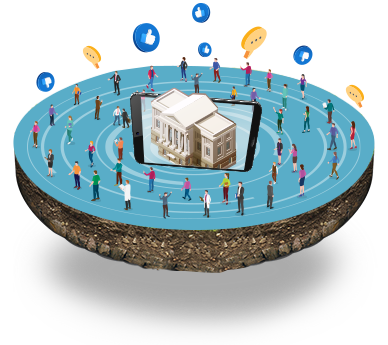


















.jpg)



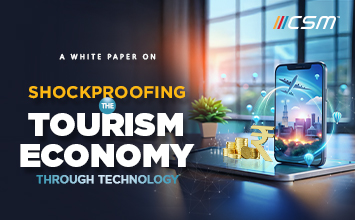


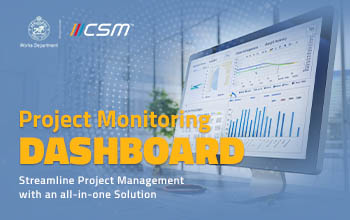









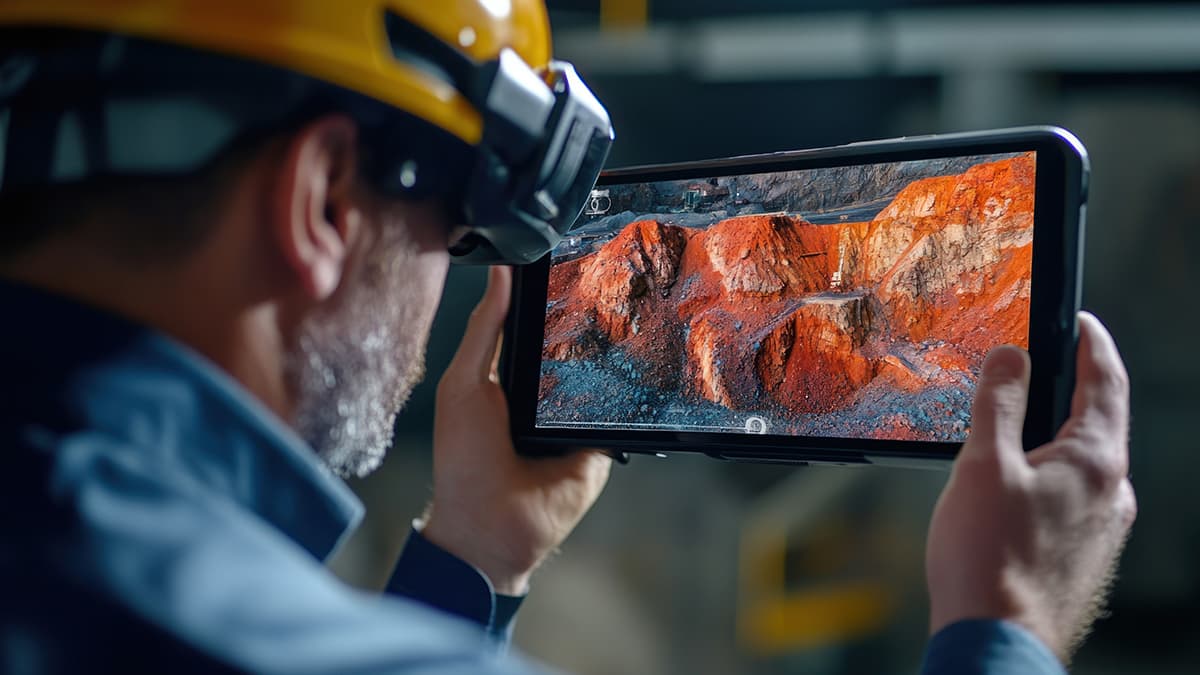



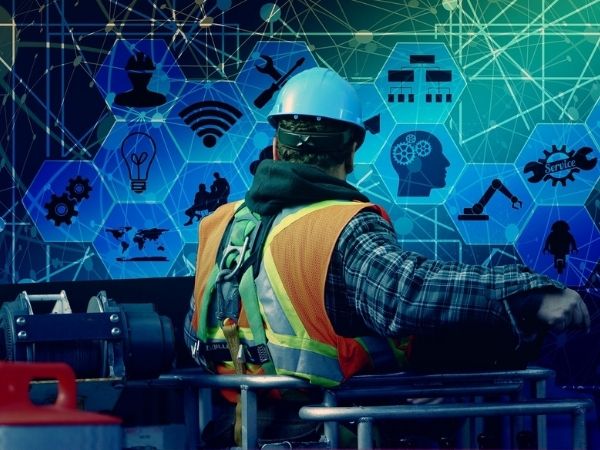





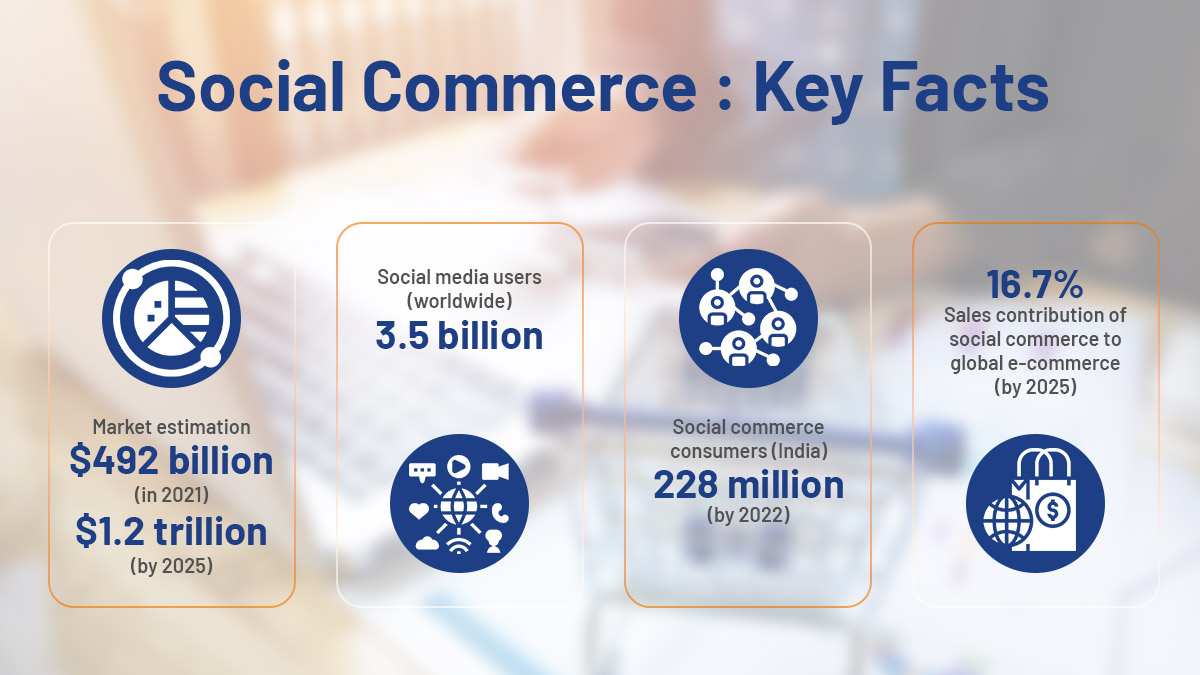


We will verify and publish your comment soon.